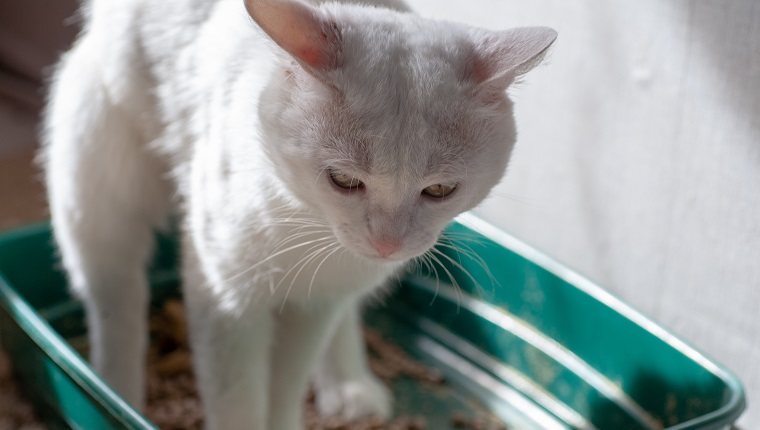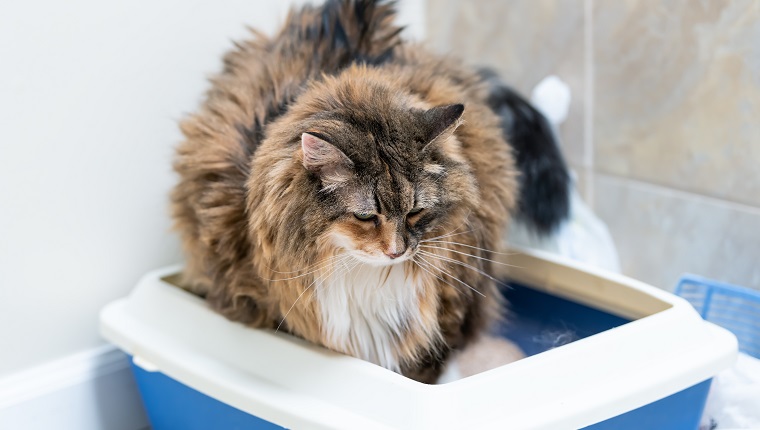Urethral obstruction in cats happens when the urinary tract becomes blocked by substances, including bladder stones, mucus, and crystals. When a cat experiences an obstruction, it can prevent them from being able to urinate.
Urethral obstructions in cats are also referred to as urinary tract obstructions. They’re considered serious conditions that can even lead to death if not treated quickly. In general, male cats are more prone to suffering from urethral obstructions than females.
If you see the symptoms, then you must get to a veterinarian for a proper diagnosis and treatment. Here’s what you should know about the symptoms, causes, and treatments for urethral obstruction in cats.
Symptoms Of Urethral Obstruction In Cats
Symptoms of urethral obstruction in cats usually appear as problems with urination.
Some of the most common symptoms include:
- Attempting and failing to urinate
- Straining or even audibly crying while urinating
- Blood present in the urine
- Urinating outside of the usual litter box
- Vomiting
Causes Of Urethral Obstruction In Cats

The cause of urethral obstruction in cats isn’t always entirely clear; although, studies have shown that the following causes are likely to be behind the condition:
- Eating a dry food only diet
- Small stones accumulating in the urethra
- Living in a stressful environment
- Feline obesity
Male cats are more likely to suffer from urethral obstructions than female felines due to the male urethra being narrower.
Treatments For Urethral Obstruction In Cats
If your vet suspects that your cat is suffering from a urethral obstruction, they’ll ask you about your kitty’s recent history and whether they may have been experiencing any of the suspected causes of the condition.
They’ll also likely take blood samples and urine samples, along with possibly X-rays or an ultrasound to pinpoint the exact cause of the obstruction.
The first round of treatment usually involves giving the cat and anesthetic and using a catheter to try to flush out the bladder and any blockages. In more severe cases, vets may perform a procedure called a urethrostomy to create an alternative opening in the cat’s urethra.
While your cat is recovering at home, you’ll need to closely monitor them, both for their urination habits and also to make sure infections don’t develop.
Has your cat ever experienced a urethral obstruction? How did your vet treat the problem? Let us know in the comments section below!




